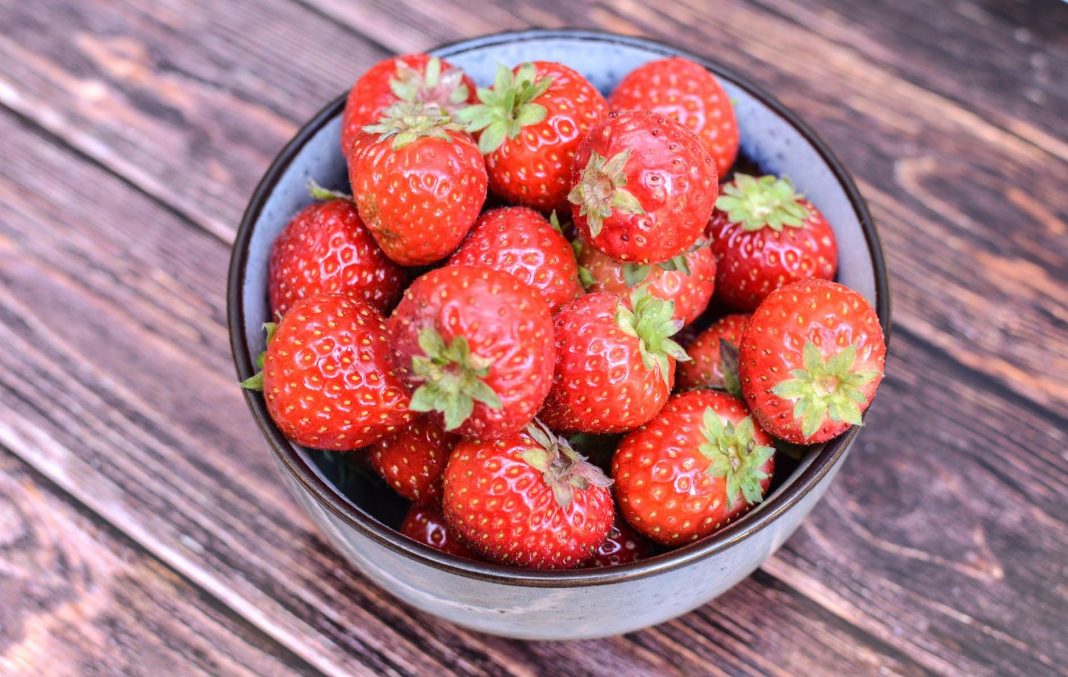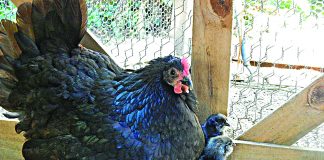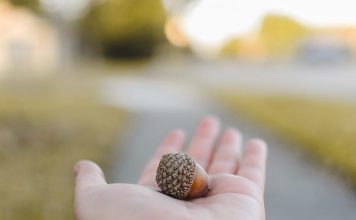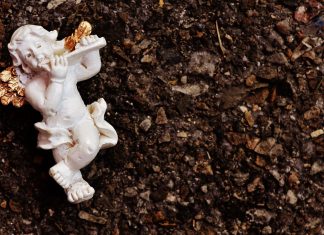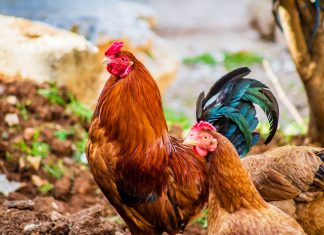 |
|
| Issue #86 • March/April, 2004 |
Here on the Canadian prairies, I have found strawberries to be perhaps one of the most delicious, least-demanding and productive fruits I can grow in our Zone 2 climate. Though our winters can be quite variable in the amount of snow-covering and in temperatures, the hardy strawberry always seems to pull through regardless.
There are three types of strawberries: June-bearing, everbearing, and the day-neutrals. June-bearing varieties will produce berries that are large and sweet, but their season is limited to the first spring crop. The everbearing (a bit of a misnomer) produce two crops a year, a heavier crop in the spring and another smaller crop in late summer. The fruit is slightly smaller than the June-bearing varieties, but just as succulent.

Day-neutrals, as the name implies, form flower buds under any day length and continue to flower and produce fruit as long as the temperature is favorable. The berries are somewhat larger than everbearing types and the plants produce very few runners.
When starting a strawberry patch, purchase plants certified to be disease free. Plant in a sunny, but sheltered location in early spring. Set the plants out on a cloudy day to avoid exposing plants to the stress of sun and heat. Strawberries prefer an organic loamy soil with a pH level of 5.5 to 6. If your pH is below 5.5, add lime in the fall before planting. Work the soil sufficiently to prepare a deep and reasonably loose, but well-drained planting bed. Waterlogging will kill the roots.
Planting depth is importantnot too shallow that the roots are subject to drying, and not too deep that the crown is covered. Pinching off flowers for the first six weeks after planting will allow the plants to develop a strong root system.
Most gardeners prefer to plant strawberries 12 inches apart in rows on a 6-inch high soil ridge. This method makes it convenient to harvest the fruit and also easy to mulch.
Plants will send out runners after the fruiting time. Allow the runners to root themselves on either side of the existing row. Each parent plant will produce up to thirty new plants that will bear fruit next season. The parent plant can be turned under or rototilled once sufficient young plants have established themselves. This will keep your strawberry bed productive year after year.
Strawberries need about an inch of water a week. I usually hand-pull the weeds so I don’t damage their fairly shallow root system. Work in a moderate amount of compost, well-rotted cow manure, or fish emulsion in the fall.

Mulching is an excellent way to retain moisture, control weeds, and keep the berries clean. Depending on your area and the type of berries, apply extra mulch in the fall to protect plants from hard frosts and winter thaws.
Apart from the tarnished plant bug, I find there are few insects that attack strawberries. The small green nymphs of the tarnished fruit bug feed on developing flowers which become deformed fruit (develop a hard nose). One way to prevent damage from these bugs is to spread a row cover over the patch when they are most active which is at night or early in the morning. Covers can be removed in the late morning to encourage pollination.
Cultivars popular for their yield, hardiness, and fresh and frozen quality are: Kent and Cavendish in the June-bearing varieties, Ogallala and Fort Laramie in the everbearing variety, and Tristar and Hecker in the day-neutral variety. Check with local garden centers in your area for other recommendations.
Fresh strawberries are high in Vitamin C and other essential vitamins and minerals. Make the most of the berry season by enjoying them fresh on cereal, in yogurt, fruit salads, or delicious drinks. Store strawberries unwashed with hulls on until you’re ready to use them. They keep for about two days in the fridge.
Make yourself a strawberry sensation after you’ve spent two or three hours toiling in your garden.
Strawberry sensation:
2 cups chilled pineapple juice
2 cups crushed ice
1 cup strawberries
½ cup milk powder
1 Tbsp. liquid honey
Combine ingredients and whirl in blender until thick and foamy. Serve immediately in tall glasses.


